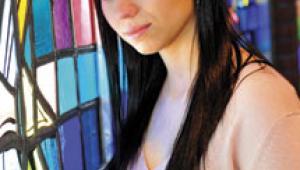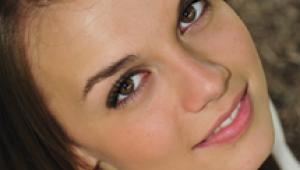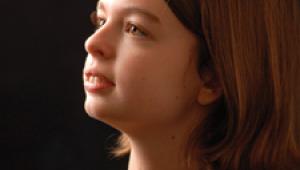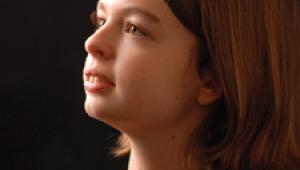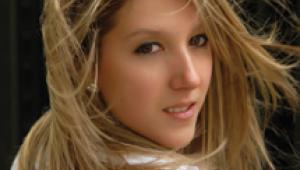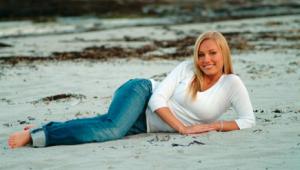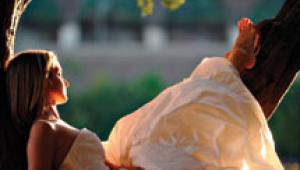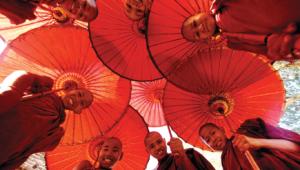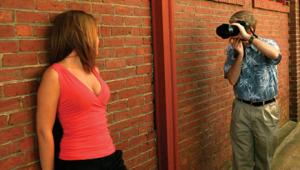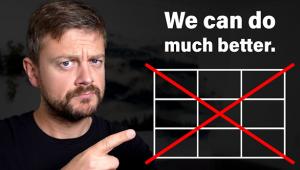How To Photograph Big Groups
Simple Guidelines For Great Results
I love photographing big family groups. I do lots of them, usually in the summer when families get together, and many times at the beach since it's so gorgeous and people love it. It's one of my specialties, but many photographers shy away from it because of the difficulties involved. What difficulties, you say? Like most "big" problems, it helps to break it down into smaller pieces and solve each piece individually. I think there are four main areas that need to be addressed in order to pull off successful big group portraits--clothing, posing, lighting, and background. Fail in any one area and the group photo won't work. Conquer each individually and success is yours. With that in mind, let's take a look at each facet individually. Film Vs. Digital |
|||
1. Clothing |
|||
2. Posing |
|||
3. Lighting |
|||
4. Background Financial Rewards |
- Log in or register to post comments





